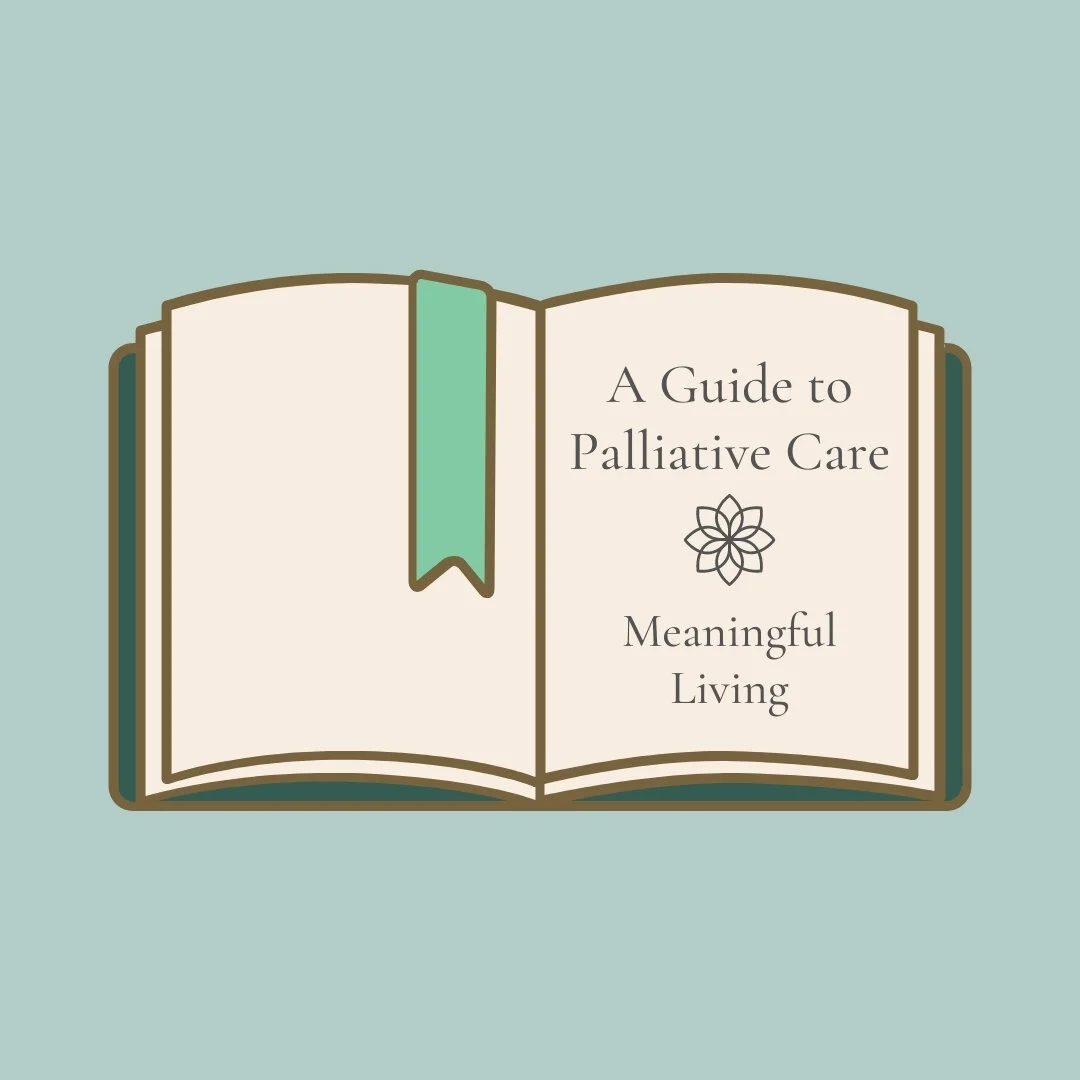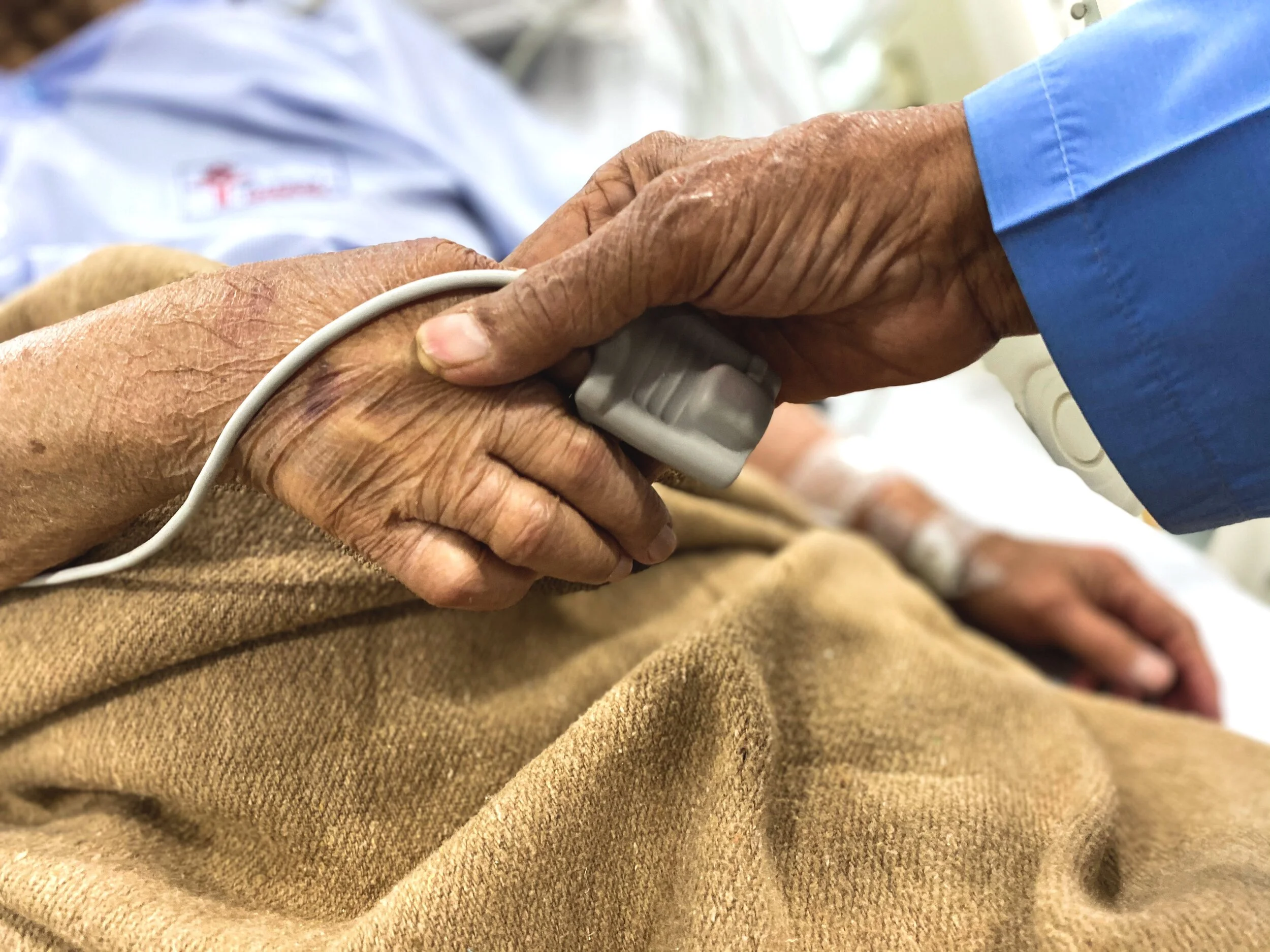A Guide to Palliative Care
What is Palliative Care?
Palliative care is one of many types of senior care services, and is often conflated with hospice care despite the two being different elderly care options. Palliative care is specialized medical care for those with serious or terminal illnesses, as well as the families of those with illnesses. It can be given at any stage during a serious or terminal illness, and is provided by highly trained doctors, nurses, caregivers, and other medical professionals.
It differs from hospice care, since hospice care is meant for patients that can likely pass away within 6 months, whereas palliative care can be undertaken at any point during any type of illness – after the initial diagnosis, a few months down the line, after years of having the illness, and so on, although it is usually introduced in the earlier stages – and is meant to improve patients’ quality of life.
Palliative care takes a much more holistic approach to senior care; it doesn’t replace existing treatment, but it often occurs alongside curative treatment. It still provides medical support and manages or regulates chronic illness symptoms and pains, since it is all about alleviating the stress of illness and demonstrating to clients that life can still be lived – and lived meaningfully – while undergoing treatment or suffering through an illness, whether that illness is life-threatening or not.
A concerned old woman looking at her elderly husband as he coughs
How to Know When Palliative Care is Needed
Receiving this type of aid for your illness very much depends on you as an individual. People of all ages and all illnesses can receive this type of care – if you are in need of some improvements in your mindset concerning life and your illness and are suffering mentally as a result, or if you are in need of some physical pain relief, palliative care is a good route to take.
People with all sorts of illnesses receive palliative care. In 2020, the World Health Organization reported that of the 40 million people who need palliative care each year, 38.5% of adults have cardiovascular disease, cancer (34%), chronic respiratory diseases (10.3%), AIDS (5.7%), and diabetes (4.6%). These, of course, are not the only illnesses that make people eligible for palliative care. Other conditions include Parkinson’s disease, Alzheimer’s and dementia, HIV/AIDS, kidney failure, drug-resistant tuberculosis, acute trauma, chronic liver disease, multiple sclerosis, severe burns, rheumatoid arthritis, congenital anomalies, extreme birth prematurity, neurological disease, extreme old age frailty, and any other life-limiting or serious conditions.
If you are unsure as to whether you are eligible for palliative care, contact your physician, doctor, home care worker, or another health provider to clear up any confusion.
How Does it Work?
Palliative care can relieve the social, mental, and physical pains – the unfortunate byproducts of sickness – that come with your illness. Thankfully, it is tailored to each individual’s needs, wants, symptoms, and illness(es); once these issues are identified and assessed, they can then be alleviated, and the patient can be taught to control or manage negative feelings. It is often simultaneously paired with other disease-modifying therapies or treatments. Palliative care services include pain management, symptom management (nausea, depression, difficulty breathing, anxiety, etc.), social, psychological, emotional, and spiritual support, caregiver support, and more.
There are many trained professionals that are able to provide palliative care. In Canada, the list includes trained professionals such as nurses, doctors, physicians, pharmacists, trained volunteers, social workers, home care workers, informal caregivers like family members, and bereavement support workers. Home care workers, such as us here at Meaningful Living, are also able to provide palliative care. As such, these services can be provided in your very home, or in hospitals, long-term care facilities such as nursing homes, and hospices.
Once again, palliative care can be provided at any stage during an illness. For cancer patients, for instance, palliative care is usually provided early on, in order to receive optimal results in terms of pain and symptom management, and improve their life quality. Again, it will specifically depend on you, your wants, your needs, your symptoms, and your illness.
An elderly man holding his wife’s hand in the hospital
Misconceptions and Benefits
It is a common belief that receiving any sort of senior care, not just palliative care, is a sign of death or physical and mental decline. This is untrue; most of them serve to improve patients’ lives in various ways. It does not speed up the process of dying, nor does it interfere with existing treatment. It doesn’t even mean that you will die if you begin palliative care.
Palliative care is not a last resort treatment if you’re very ill. This manner of thinking can potentially reduce patients’ hopes for recovery or for leading a normal life. Palliative care is actually supportive care meant to instil hope in patients and their families. It is a matter of providing comfort during more difficult times, and assuaging negative feelings, pain, and symptoms.
Research has demonstrated that between 62% and 89% of people who die could benefit from palliative care. Unfortunately, palliative care is a beneficial yet severely misunderstood and underused resource. The World Health Organization mentions the misconceptions mentioned above, cultural and social barriers to palliative care (beliefs about death and dying, other religious concerns, etc.), misconceptions that improving access to opioid analgesia will lead to more substance abuse, and lack of awareness among policy-makers, health professionals, and the public about what palliative care is and its benefits as reasons regarding palliative care’s underuse. Palliative care not only helps prevent avoidable hospital transfers, but it is also extremely effective at managing illness symptoms and equipping patients and their families with the tools to deal with their illness. Palliative care not only helps prevent avoidable hospital transfers, but it is also extremely effective at managing illness symptoms and equipping patients and their families with the tools to deal with their illness.
Additionally palliative care provides mental, emotional, spiritual, social, and physical relief; its goal is to increase ill clients’ or patients’ quality of life, providing them and their families comfort by equipping them with the tools to address the previous issues, prepare for and manage end-of-life choices – should they arrive – and the potential dying process, cope with pain, loss, and grief, treat active issues and concerns and prevent new ones from arising, and promote positive personal, spiritual, and physical growth. The Ontario Palliative Care Network also describes it as ‘person-centred and family-centred’, making it a solid choice for all parties involved. Thankfully, palliative care respects the patient’s social, spiritual, and cultural practices and backgrounds, which makes it a wonderfully safe option for all people.
All of these benefits answer the question “Why choose palliative care?”. Palliative care is evidently an excellent care option for those that are hurting due to various illnesses, but it is also very soothing to patients’ families who might be hurting due to their loved one’s afflictions.
Costs
If you live in Ontario and have been given the green light by a professional to receive palliative care, you most likely don’t need to worry about the cost. In our province, palliative care is entirely publicly funded by the government and the Local Health Integration Network (LHIN); if you qualify for OHIP and are eligible to be admitted into long-term care homes, hospitals, or hospices, the costs will be covered for you.
To receive palliative care in your own home, contact your local LHIN. If they find that you qualify for public funding, they will contact you to personalize and determine your care plan by highlighting the specific type of care and amount of care needed. Since hospitals provide more intensive care, they can be more expensive – upwards of $25,000 CAD to $36,000 CAD a year, although it varies.
If it is the case that you don’t qualify for OHIP or home care as determined by the Government of Canada or your LHIN but would still like to and are in need of palliative care, home care services or agencies are the way to go. This is where we come in to help you, as palliative care is one of our many services. The price for palliative care at home varies depending on your province or country, personal needs, and more, but personal housing support can range from around $20 to $40 an hour. For more accurate costs, contact us directly and we will get back to you as soon as possible; we are here to help.
A happy palliative care patient being cared for by her nurse in her own home
Overall, palliative care can be well worth it to relieve many physical and mental symptoms of illness and help you live more meaningfully. It will ultimately improve not only your quality of life, but the lives of your family and friends on whom it has been hard to see you suffer. We hope this guide helped give you a better comprehension of palliative care, and perhaps brought you to the realization that it may be a good idea for you to receive.
For more important information on senior care, home care, and general senior tips to live an easier and more fulfilling life, follow our Instagram, Facebook, LinkedIn, and Pinterest pages, and continue checking our blog for regular updates.



